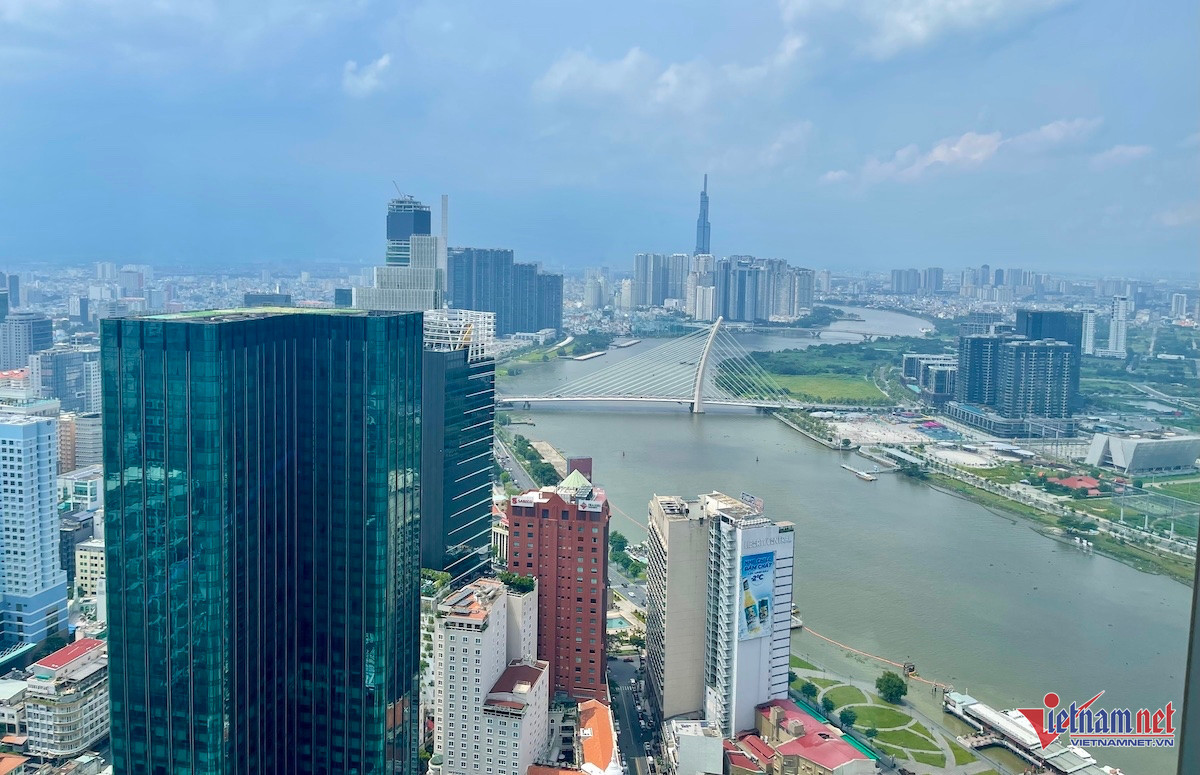With the introduction of four distinct proposals, this initiative seeks to modernize resettlement land prices that have lagged behind current market values, addressing a critical gap in the city’s urban development strategy.

As Ho Chi Minh City confronts challenges posed by outdated resettlement land prices, the city’s authorities have drafted four potential strategies for revising its land price list. This proactive step aims to align land valuations more closely with the real estate market's current realities.
An opportunity for civic engagement is set for August 23, with the City’s Propaganda Department hosting an online survey to collect public feedback on these proposed adjustments.
During a recent consultation conference, Nguyen Toan Thang, Director of the Department of Natural Resources and Environment, outlined the transition under the new 2024 Land Law.
The current price list remains effective until the end of 2025, providing a window to prepare for the introduction of annual adjustments starting January 1, 2026.
The necessity for revisions stems primarily from the current list’s failure to reflect prices for resettlement lands—a critical component when the state reclaims land.
Mr. Thang emphasized that without updated prices, there's no consistent basis for calculating land use fees, a situation that the 2024 Land Law aims to correct by requiring specific prices to be included for resettlement calculations.
The Department explored several remedies, including a targeted adjustment of resettlement land prices to reflect market values and the application of an adjustment coefficient, K, to the existing prices, effective since January 1, 2024.
This approach, however, highlighted discrepancies with actual compensation costs. For example, land prices on Nguyen Duy Trinh Street in Thu Duc City, even after applying the coefficient, would stand at 9 million VND/m2 compared to an approved compensation price of 73 million VND/m2.
Such discrepancies underline the challenge of maintaining equity among land users within the same vicinity, as illustrated by the significantly higher prices in designated resettlement areas like Phuoc Thien, where land costs range from 38 to 55.6 million VND/m2, compared to adjacent areas priced around 5 million VND/m2 using the current pricing method.
After careful consideration of all factors, the Department of Natural Resources and Environment has opted to propose adjustments as per the draft now undergoing public review, aiming to foster fairness and transparency in land valuation as Ho Chi Minh City continues to develop.
Anh Phuong